We've dissected flowers many times before, but this was our first attempt at a 3D flower model. A model is a great hands-on way to learn about the structure and function of plant organs and the importance of pollination.
I've also made some FREE flower structure revision cards you might like.
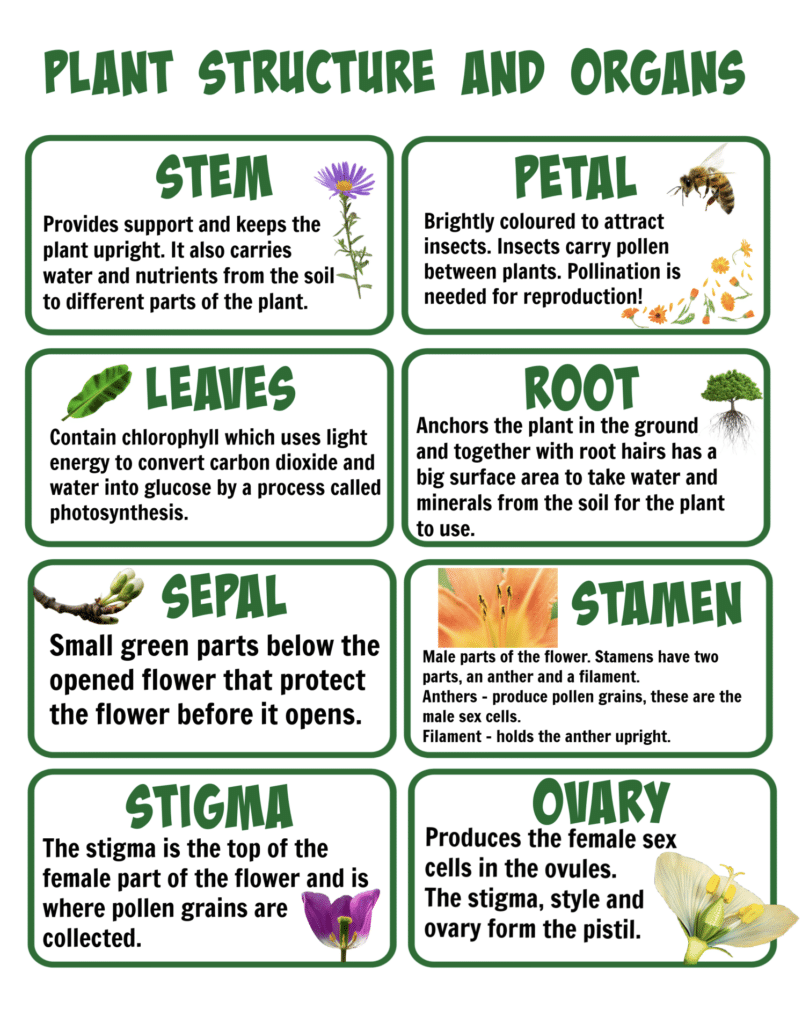
My 12-year-old made this for school by herself and did such a good job I wanted to share it.
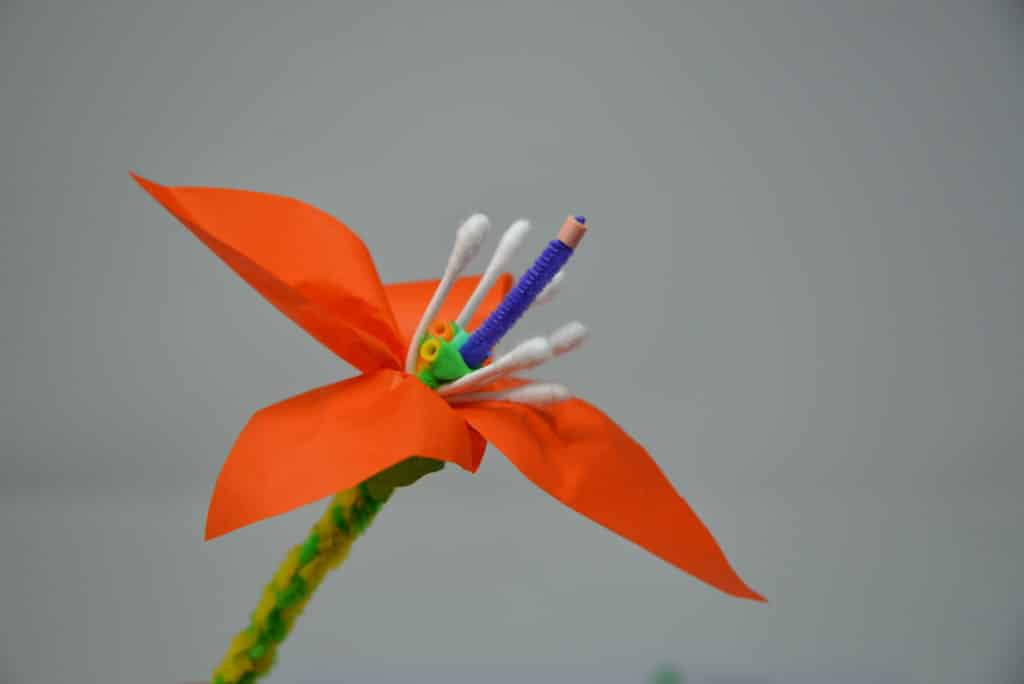
3D Flower Model
You'll need
Tissue paper
Pipe cleaners
Earbuds
Hama beads - we used these for the stigma and eggs
Plasticine - used for the ovary
Tape
How to make a 3D Flower Model
Construct your model like the image below.
We used tape to attach parts to the pipe cleaner stem.
The filament and anther are made from cotton buds, the style from a pipe cleaner, and the ovary and ovules from plasticine and Hama beads.
3D Flower Model
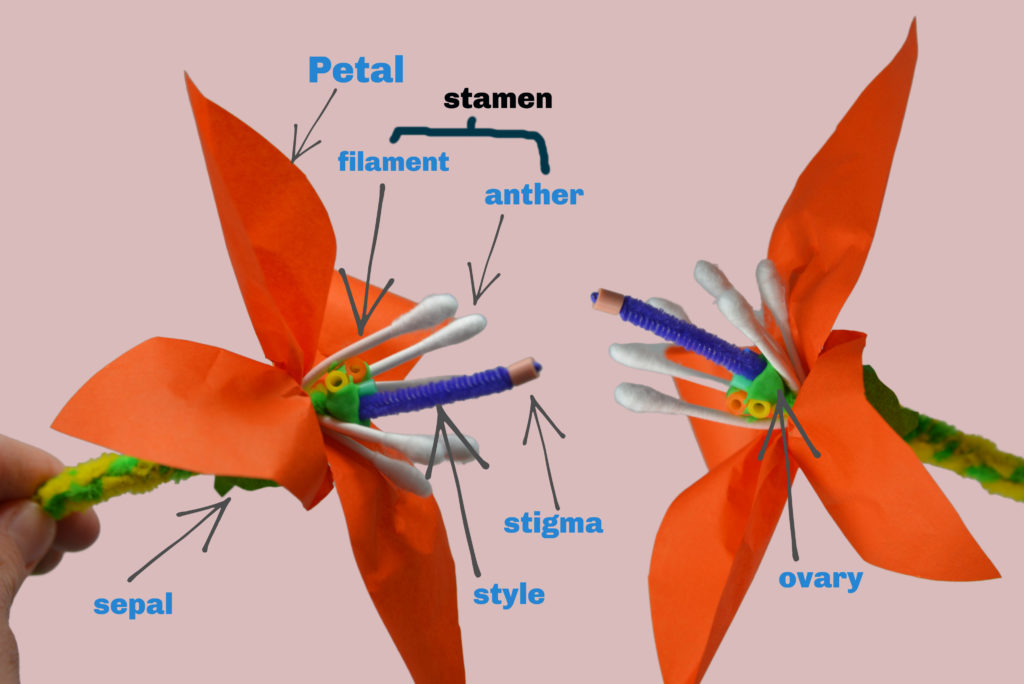
What are the parts of a flower?
Stems - the stem is long and cylindrical. It holds the flower upright, supports the leaves and flowers and carries water and minerals from the ground to the leaves and sugars to the flowers and roots.
Flower - contains plant organs and attracts insects.
Leaves contain chlorophyll ( in chloroplasts ), which uses light energy to convert carbon dioxide and water into glucose through a process called photosynthesis.
Leaves are thin with a large surface area, which allows gases to diffuse through them easily and provides a large area for light to be absorbed. These factors are important for photosynthesis.
Root - the root anchors the plant in the ground and together with root hairs, has a big surface area to take water and minerals from the soil for the plant to use.
Sepals - these are the small green parts below the opened flower that protect the flower before it opens.
Petals - petals are brightly coloured to attract insects. Insects are needed to carry pollen between plants. Pollination is needed for reproduction!
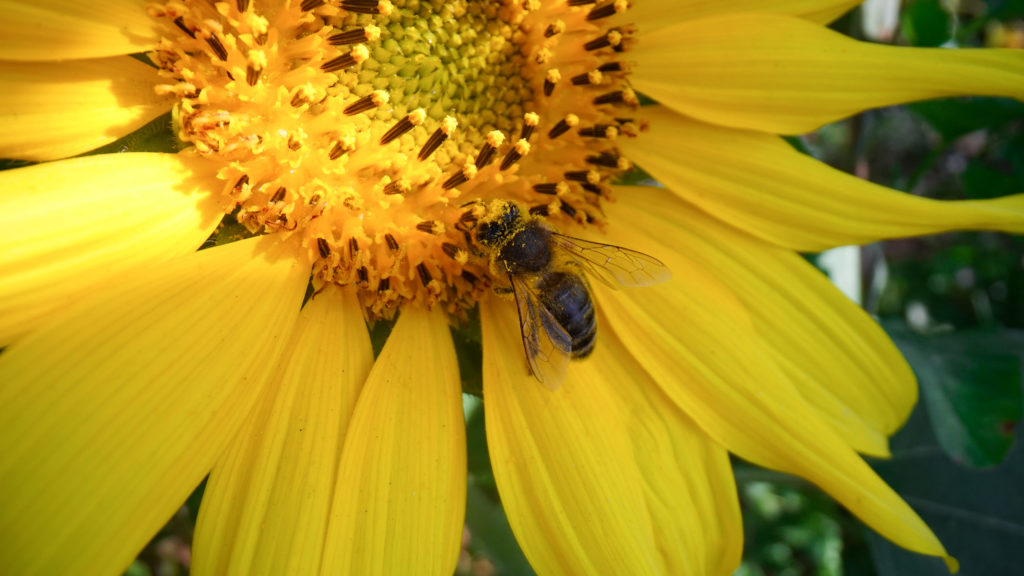
Stamen - stamens are the male parts of the flower. Stamens have two parts, an anther and a filament.
Anther - anthers produce pollen grains. These are the male sex cells.
Stigma - the stigma is the top of the female part of the flower and is where pollen grains are collected when insects land on the flower.
Ovary - the ovary produces the female sex cells in the ovules.
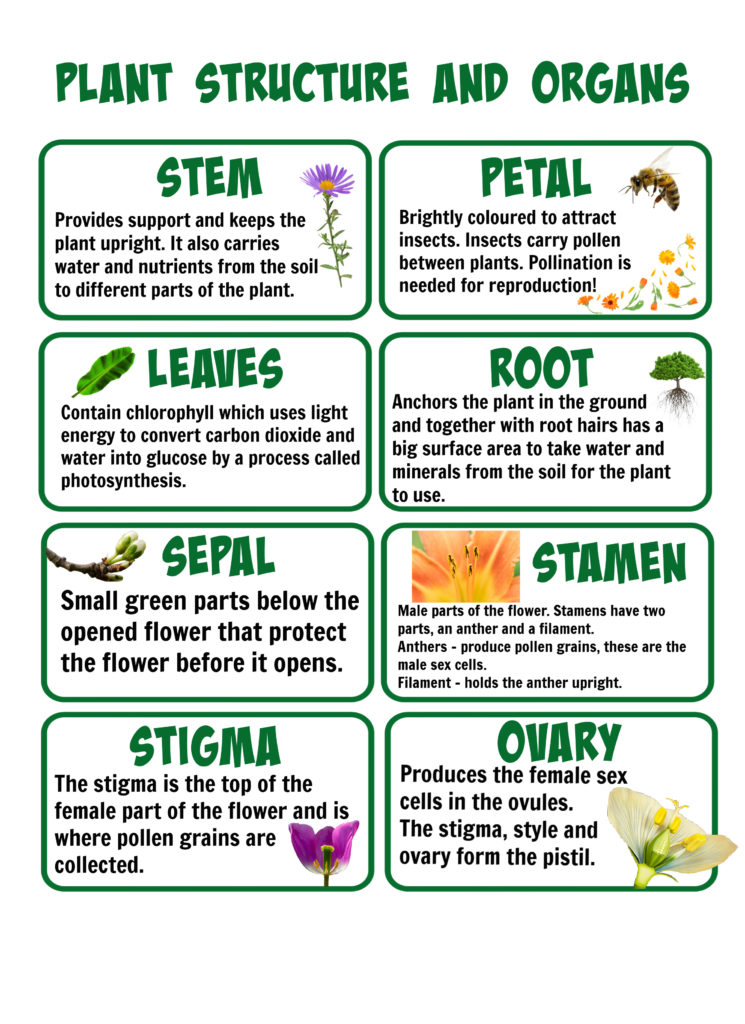
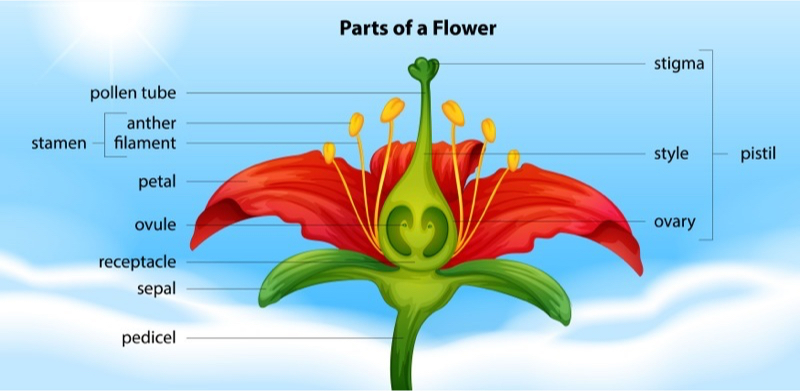
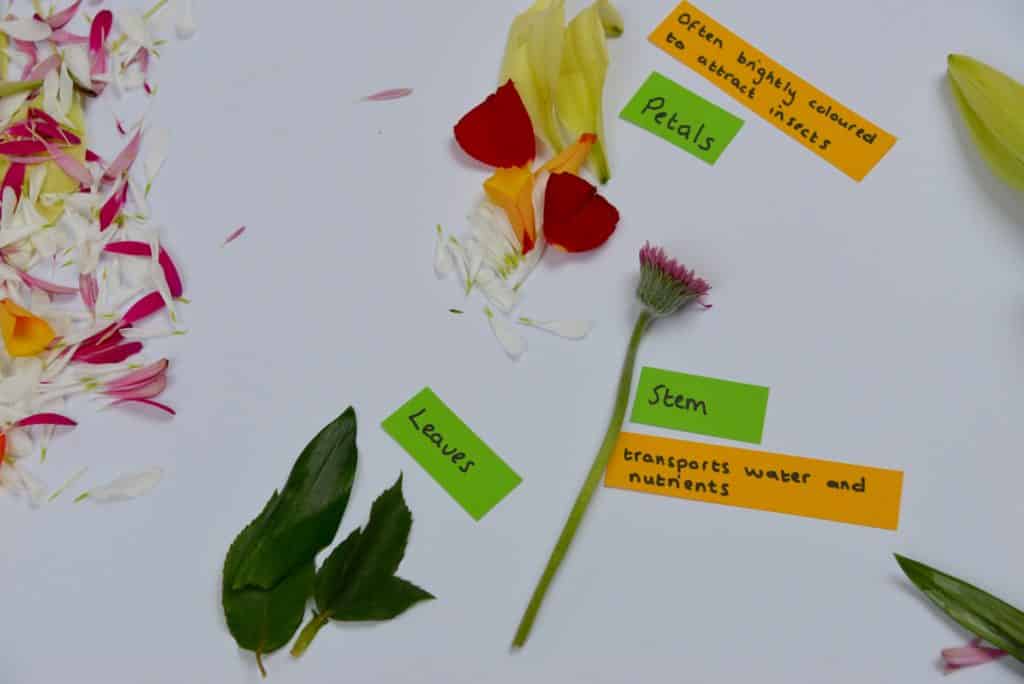
What is pollination?
Pollination is when pollen is transferred between flowering plants of the same species.
Pollen is transferred from the stamen ( male part ) to the stigma ( female part ).
Pollination can occur in two ways. If pollen is transferred from the stamen to the stigma of the same plant, it is called SELF POLLINATION. If pollen is transferred between two different plants, this is called CROSS POLLINATION.
Insect pollination
Insects transfer pollen between flowering plants. The pollen contains the male sex cells and fertilises egg cells to make new seeds.
Insects are attracted by the bright colours and smell of the flower as well as the sugary nectar they like to eat!
While an insect eats, some pollen from the flower sticks to it. When the insect lands on another flower, that pollen is collected on the stigma. A pollen tube then grows down through the style to the ovary, which the pollen travels down.
Fertilisation occurs when the nucleus of the male sex cell joins with the female sex cell ( ovules ).
Each fertilised ovule develops into a seed!
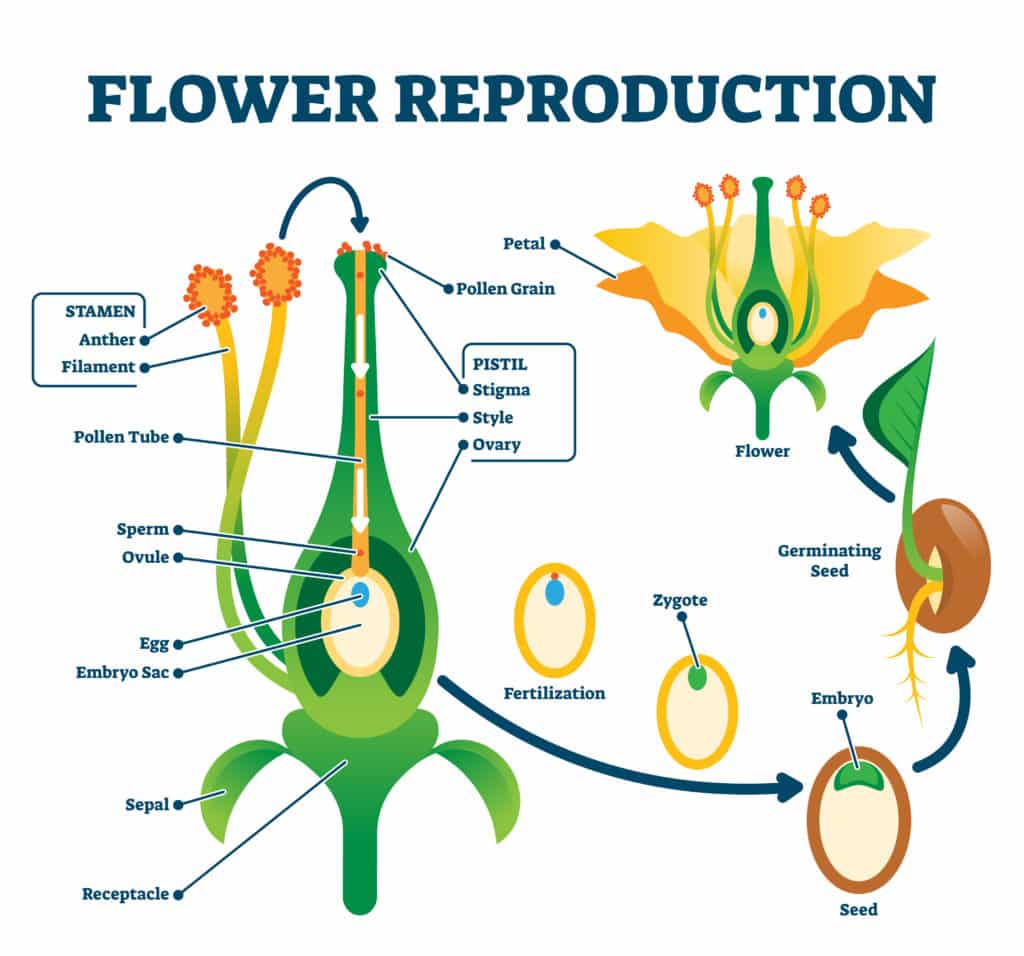
Examples of insect pollinators
Moths
Flies
Mosquitoes
Butterflies
Wasps
Ants
More types of pollination
Pollen can also be transported by birds, bats and the wind!
How are wind-pollinated flowers different to insect-pollinated flowers
| Pollinated by insects | Pollination by wind |
| Pollen - sticky to stick to insects | Pollen - smooth and light to be carried by the wind. Wind-pollinated plants produce more pollen than insect-pollinated plants, as there is more wastage. |
| Petals - brightly coloured, often scented and contain nectar. | Petals - usually small and green or brown, with no scent or nectar as they don't need to attract insects. |
| Anthers - found inside the flower, these stand firmly upright | Anthers - outside the flower and hang loosely on a long filament. |
| Stigma - inside the flower and sticky so when an insect lands carrying pollen, the pollen sticks. | Stigma - feathery and hangs outside the flower to catch pollen flying on the wind. |
Example of a wind-pollinated flower
Notice how the anther and stigma are hanging loosely and fully visible.
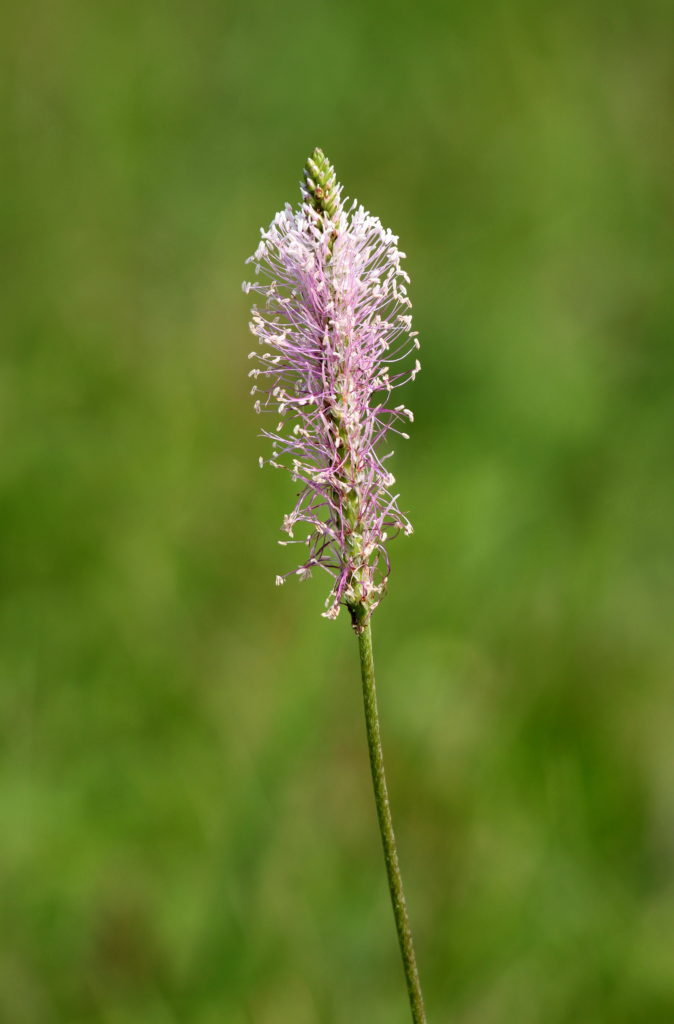
Bird Pollination
Hummingbirds are an example of bird pollinators. You can see its long, narrow beak, which allows it to reach nectar from inside flowers.
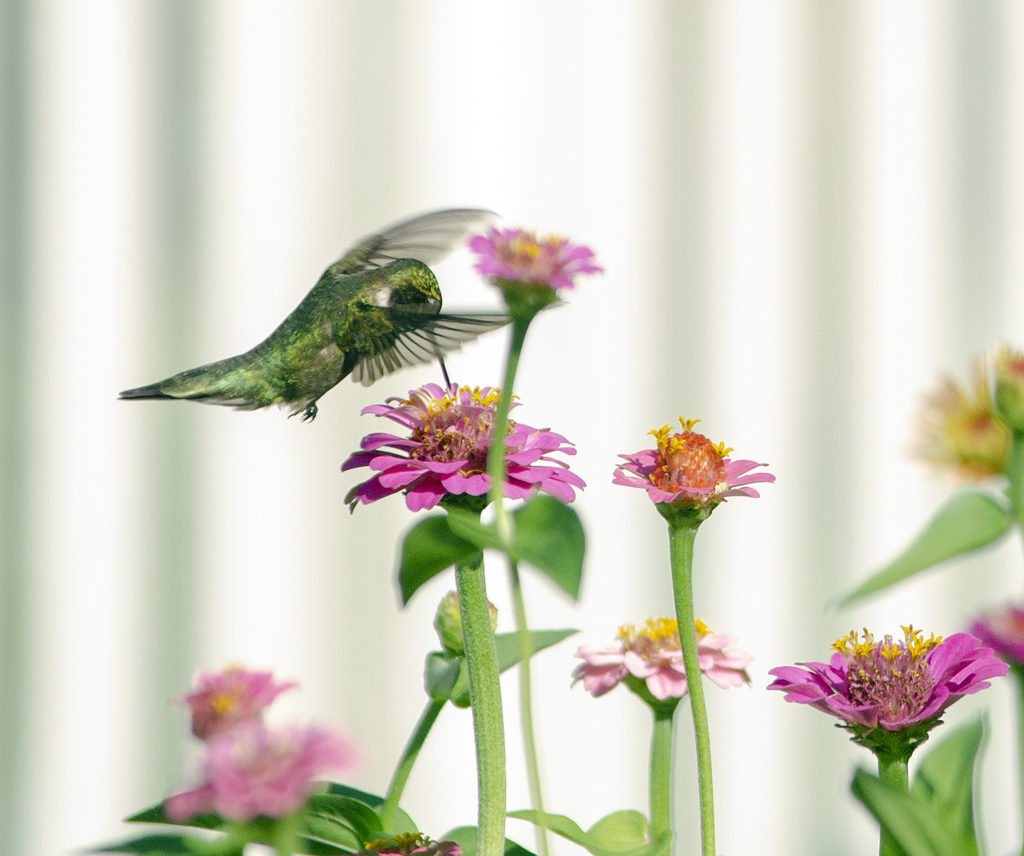
More Plant Science Experiments
Growing a bean in a jar, a CD case, or anything else see-through is a great way to watch roots form.
Discover how water is transported through a plant by making coloured flowers.
Build a seed explosion device!
Make a pinecone weather station.
Around the Kampfire has a fantastic model stem.
Make a jelly model of a plant cell. This is a great activity for learning about the different organelles in a plant cell.
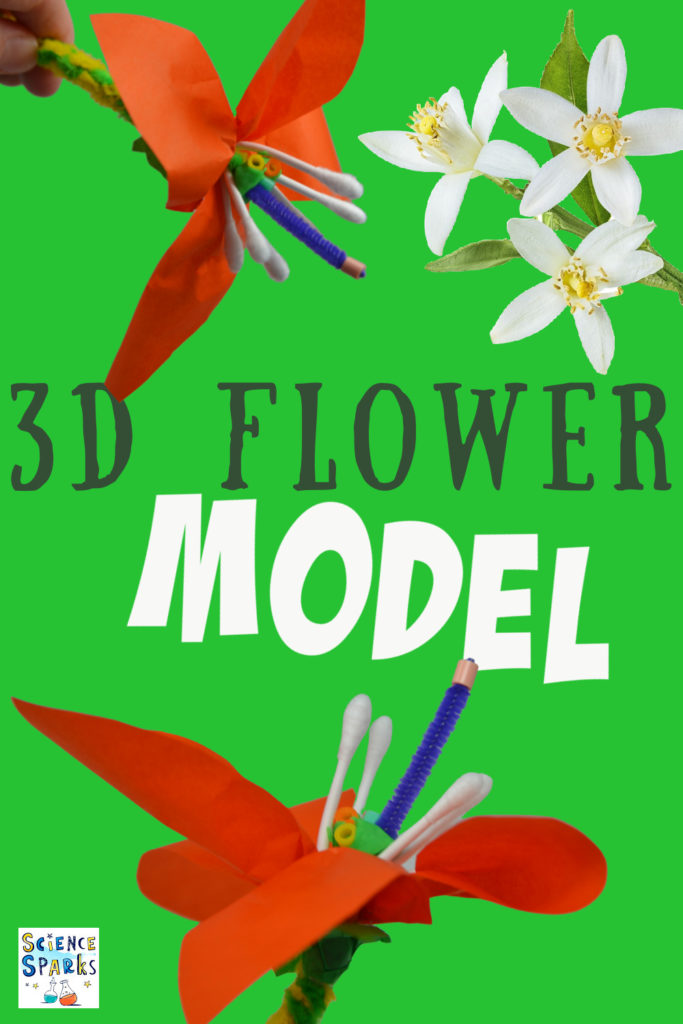
Last Updated on March 25, 2025 by Emma Vanstone




Leave a Reply